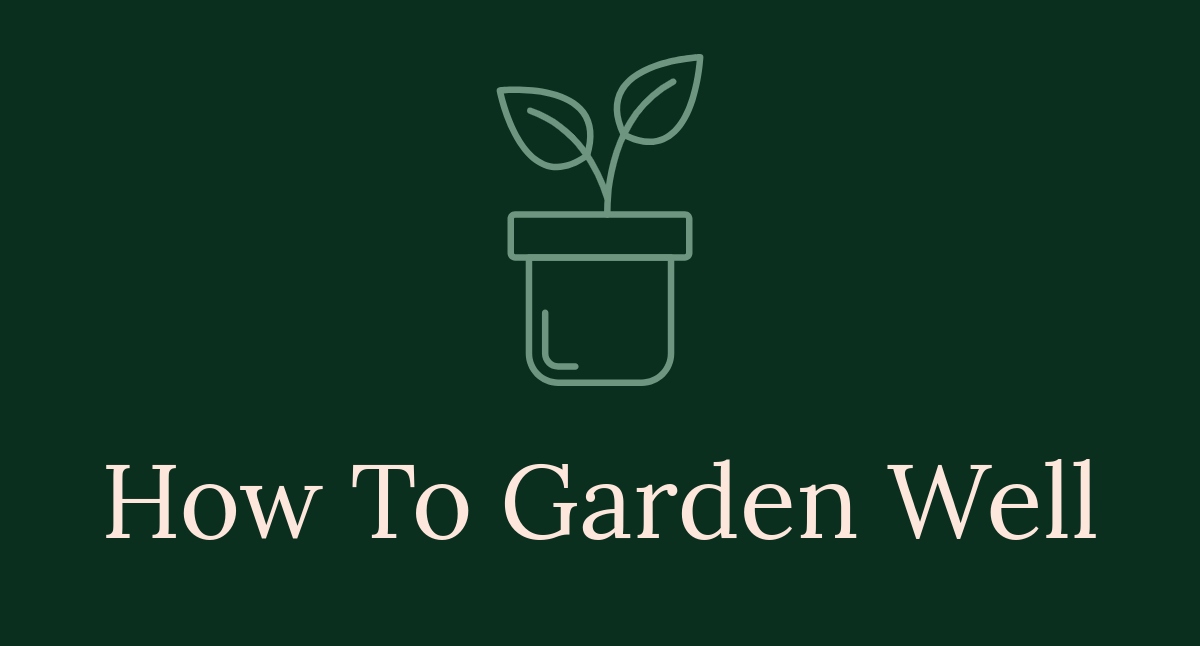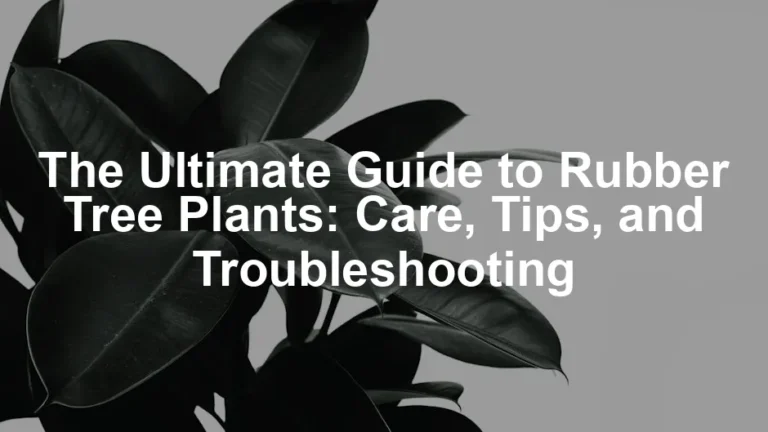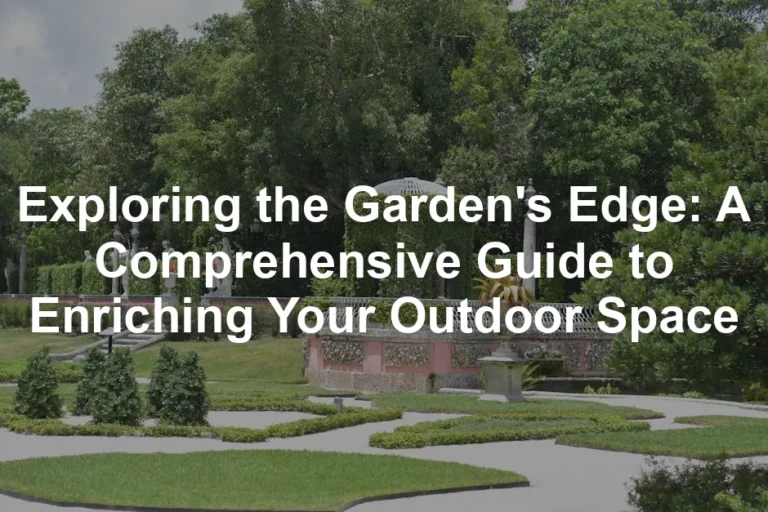

The Ultimate Guide to Garden Soil: Building a Foundation for a Thriving Garden
What is Garden Soil?
Garden soil is the foundation of a healthy garden. It’s not just dirt; it’s a unique blend of essential components. The primary players in this mix are silt, clay, sand, and organic matter. Each component plays a role in creating the perfect environment for plants to thrive.
Definition and Composition
Silt consists of tiny particles that help retain moisture, while clay is known for holding nutrients. Sand, on the other hand, improves drainage and aeration. Organic matter, such as compost, peat, and coir, enriches the soil with nutrients. These elements work together to create a balanced ecosystem that supports plant growth.
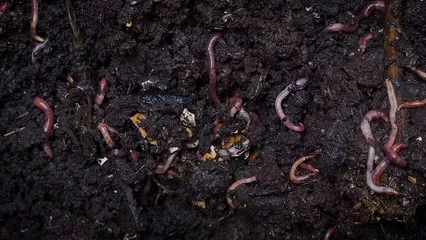
The texture of your garden soil is pivotal. It determines how well your soil drains, retains moisture, and holds nutrients. A well-balanced soil mix enhances root development and encourages healthy plant growth.
Importance of Soil Quality
Soil quality is vital for plant health. Good soil provides the necessary nutrients and water retention that plants crave. Nutrient availability directly impacts the growth and yield of your garden. When soil is rich in organic matter, it can hold moisture better, reducing the need for frequent watering.
Healthy soil promotes a thriving ecosystem. Beneficial organisms, like earthworms and microorganisms, help break down organic matter. This process releases nutrients back into the soil, providing plants with what they need to flourish. Consider using a Soil Moisture Meter to keep track of your soil’s hydration levels and help your plants thrive.
In summary, garden soil is more than just a growing medium. It’s a living system that requires care and attention. By understanding its components and importance, you can create a thriving garden that rewards you with bountiful harvests and vibrant blooms. Healthy soil leads to healthy plants, so give your garden the foundation it deserves!
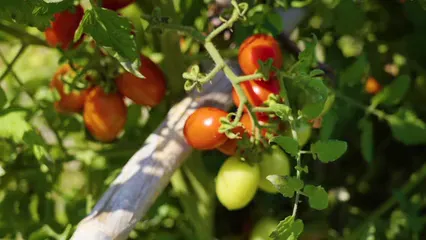
Types of Garden Soil
When it comes to gardening, the type of soil can make or break your plant’s chances of thriving. Let’s break down the main types of garden soil, each with its own set of characteristics, advantages, and disadvantages.
Clay Soil
Clay soil is known for its fine particles and compact structure. It holds water and nutrients exceptionally well, making it a nutrient-rich option. However, this compactness can be a double-edged sword. While it retains moisture, it also leads to poor drainage. On rainy days, clay soil might transform into a muddy slip-and-slide.
Advantages:
– High nutrient retention.
– Excellent for moisture-hungry plants.
Disadvantages:
– Compacts easily, making root penetration tough.
– Poor drainage can lead to waterlogged conditions.
So, if you find yourself with clay soil, consider adding organic matter like compost. This can help improve drainage and aeration, allowing plants to breathe a little easier.

Sandy Soil
Sandy soil is the opposite of clay. It consists of larger particles, which means it drains quickly. While this is great for preventing water logging, it comes with its own challenges. Sandy soil doesn’t retain nutrients well, leaving your plants thirsty for sustenance.
Advantages:
– Excellent drainage prevents rot.
– Easier to work with and warms up quickly in spring.
Disadvantages:
– Nutrient leaching is a common issue.
– Requires more frequent watering.
If sandy soil is your reality, consider mixing in compost or organic matter to boost its nutrient-holding capacity. This will help nourish your plants while keeping them hydrated.
Loamy Soil
Loamy soil is the Goldilocks of garden soils—just right! It’s a balanced mix of clay, sand, and silt, providing the perfect environment for plant growth. Loamy soil retains moisture and nutrients while allowing for adequate drainage.
Ideal Combinations:
– 40% sand
– 40% silt
– 20% clay
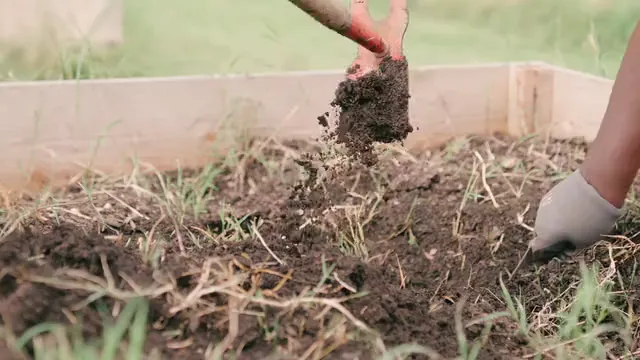
Because of its balanced nature, loamy soil is the preferred choice for most gardeners. It supports a diverse range of plants, making it the ultimate gardening ally. You might also consider using a Soil pH Tester to ensure your loamy soil is in the optimal range for plant growth.
Peaty and Saline Soils
Peaty soil is dark and rich in organic matter, making it incredibly fertile. It retains moisture like a sponge, which is perfect for moisture-loving plants. However, its acidity can pose challenges for some plants.
On the other hand, saline soil contains high levels of salts, which can be detrimental to plant health. It often requires careful management and specific plant types that can tolerate salty conditions.
Gardening Practices:
For peaty soil, regular additions of lime can help balance acidity. In contrast, if you’re dealing with saline soil, consider leaching the salts with plenty of water and selecting salt-tolerant plants.
In summary, understanding the types of garden soil is crucial for successful gardening. By knowing your soil type, you can tailor your gardening practices to create the best environment for your plants to thrive. Happy gardening!
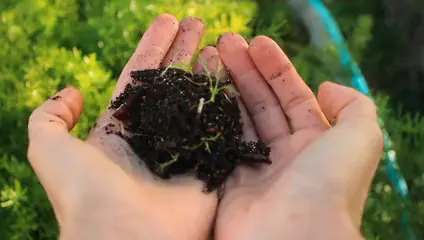
Understanding Soil Health
Soil health is not just a buzzword; it’s the backbone of a flourishing garden. To nurture your plants, you need to understand the core aspects of soil health: texture, nutrient composition, and pH.
Soil Texture
The texture of your soil dictates how well it drains, retains moisture, and supports root growth. To assess your soil texture, grab a handful of moist soil and squeeze it. If it holds together but crumbles when you poke it, you likely have loamy soil. If it sticks like a doughy mess, you might be dealing with clay. Sandy soil, however, will fall apart easily.
Understanding texture is crucial. Each type affects how your plants absorb water and nutrients. So, take a moment to get to know your soil’s personality!

Nutrient Composition
Let’s talk N-P-K—Nitrogen, Phosphorus, and Potassium. These are the big three nutrients your plants need. Nitrogen fuels leafy growth, phosphorus supports root and flower development, and potassium enhances overall plant health.
But wait, there’s more! Micronutrients, like iron and magnesium, also play vital roles. A soil test can reveal what your soil lacks, allowing you to amend it accordingly. Investing in a Garden Soil Testing Kit can help you keep track of these essential nutrients.
Soil pH
Soil pH measures how acidic or alkaline your soil is. Most plants thrive in a slightly acidic to neutral range (around 6.0 to 7.0). Testing your soil pH is simple; you can use a home testing kit or send a sample to a lab.
An improper pH can lock nutrients away, making them unavailable to your plants. If your soil is too acidic, lime can help raise the pH. Conversely, sulfur can lower it if it’s too alkaline.
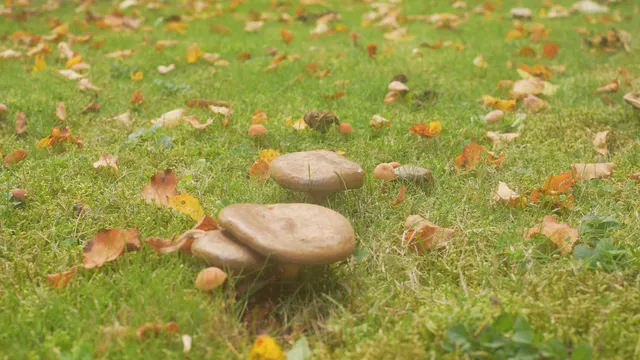
In conclusion, understanding soil health is essential for a successful garden. By assessing texture, nutrient composition, and pH, you can create a thriving environment for your plants. Happy growing!
Improving Garden Soil
Improving garden soil is crucial for creating a thriving garden. Healthy soil leads to robust plants that yield bountiful harvests. Let’s explore the various strategies you can implement to enhance your soil quality.

Organic Matter
Compost: Adding compost is like giving your garden soil a multivitamin. Compost enriches soil with nutrients and improves its structure. It helps retain moisture and encourages beneficial microorganisms. For those looking to make compost at home, a Compost Bin can be a game-changer!
To make compost at home, start by collecting kitchen scraps like vegetable peels, coffee grounds, and eggshells. Mix these with yard waste like leaves and grass clippings. Layer the ingredients in a compost bin, turning them occasionally to aerate. In a few months, you’ll have rich, dark compost ready to boost your garden. You can learn more about this process in our guide to composting in small backyard spaces.

Mulching
Mulch is another organic matter hero. It covers the soil and prevents weed growth, while also retaining moisture. There are many types of mulch to choose from: straw, wood chips, grass clippings, and even shredded leaves. Each type has its benefits.
For instance, straw is lightweight and decomposes slowly, making it ideal for vegetable gardens. Wood chips are great for flower beds, providing a decorative touch. Grass clippings offer a nutrient boost but should be applied in thin layers to avoid matting. By using mulch, you not only enhance soil health but also reduce the need for frequent watering.
Minerals
Common Soil Amendments: Sometimes, soil needs a little mineral boost. Sand, lime, and gypsum are common amendments that can work wonders for your garden.
Sand:
If your soil is heavy clay, adding sand can improve drainage and aeration. Just be cautious; too much sand can lead to poor nutrient retention. Consider using coarse sand for optimal results.
Lime:
If your soil is too acidic, lime can raise the pH level, making nutrients more available to plants. It’s particularly beneficial for crops like broccoli and cabbage. You can find quality lime products on Amazon to help with this.
Gypsum:
This mineral helps break down compacted clay soils. It improves drainage while adding calcium and sulfur—two essential nutrients for plant growth. Grab some gypsum to help your garden flourish.

By strategically applying these amendments, you can significantly enhance your soil’s structure and fertility. For more information on soil amendments, check out our post on best soil amendments for vegetable gardens.
Techniques for Soil Improvement
Tilling: Tilling can be a double-edged sword. On one hand, it breaks up compacted soil, allowing for better root penetration and aeration. On the other hand, excessive tilling can disrupt the soil structure and harm beneficial microorganisms. If you choose to till, consider doing so sparingly and only when necessary.
Sheet Mulching: This technique is like crafting a lasagna for your garden. Start by laying down cardboard or newspaper to suppress weeds. Then, layer organic materials like compost, straw, and leaves. This method not only enriches the soil over time but also improves moisture retention.
1. Wet the area first.
2. Lay down a thick layer of cardboard.
3. Add compost (3 inches), followed by straw (9 inches).
4. Finish with another layer of straw or leaves to keep weeds at bay.
Cover Crops: These are plants grown specifically to improve soil health. Legumes, such as clover and vetch, fix nitrogen in the soil, enriching it naturally. Other cover crops, like rye and buckwheat, suppress weeds and prevent erosion.
To use cover crops, simply sow them in the off-season. Once they’re established, you can till them into the soil before planting your main crops. This practice not only boosts soil fertility but also enhances its structure, leading to healthier plants.

In conclusion, improving garden soil is a multifaceted approach that combines organic matter, mineral amendments, and effective techniques. By investing time and effort into your soil, you’re setting the stage for a thriving garden that will reward you with lush blooms and abundant harvests. Remember, healthy soil is the foundation of any successful garden!
Creating the Perfect Soil Mix for Your Garden
To cultivate a flourishing garden, creating the right soil mix is essential. Think of it as crafting a delicious recipe, where each ingredient plays a crucial role. Let’s whip up some custom soil recipes tailored for different garden types, and then we’ll discuss the best techniques for mixing them.
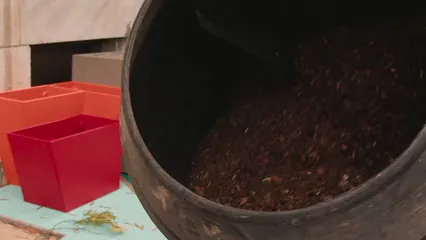
Custom Soil Recipes
Vegetable Garden Mix
Vegetables love a nutrient-rich, well-draining environment. Here’s a straightforward recipe:
– 50% high-quality topsoil
– 30% compost (preferably well-rotted manure)
– 20% coarse sand or perlite
This blend ensures your veggies get the nutrients they need while also preventing waterlogging, which can be the kiss of death for your precious tomatoes.
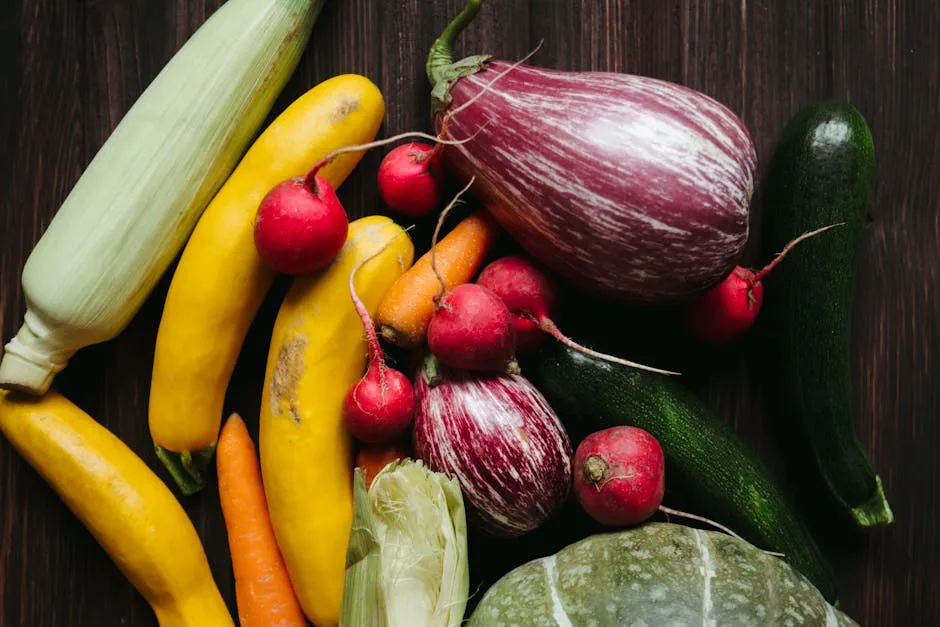
Flower Garden Mix
Flowers are a bit more finicky. They want a mix that holds moisture yet drains well. Try this delightful combination:
– 40% loamy soil
– 30% compost
– 30% peat moss or coconut coir
This concoction provides the moisture retention flowers crave while allowing excess water to escape, preventing root rot.

Raised Bed Mix
Raised beds offer great control over soil quality. Here’s a winning formula:
– 40% topsoil
– 40% compost
– 20% vermiculite
This blend is light and airy, promoting root growth while keeping moisture levels just right. Plus, it’s easy to work with!
Mixing Techniques
Now that we have our recipes, let’s talk about how to mix them effectively. Mixing soil may sound simple, but there are a few best practices to follow for optimal results.
1. Use a Large, Flat Surface: Find a sturdy area to mix your soil—like a driveway or a large tarp. This gives you plenty of space to work without making a mess.
2. Layering Method: Start by layering your ingredients. For example, put down the topsoil first, followed by compost, and finish with sand or vermiculite on top. This layering technique helps ensure even distribution.
3. Mixing Tools: A garden fork or shovel works wonders for mixing. If you’re feeling fancy, a cement mixer can save time and energy, especially if you’re creating large quantities.
4. Moistening the Mix: Before planting, lightly moisten your soil mix. This helps it settle and gives you a better idea of its final texture. Just don’t drown it—too much water will create a muddy mess!
5. Testing Consistency: Grab a handful of your mixed soil and squeeze it. If it holds together but crumbles when you poke it, you’ve got a perfect mix! If it’s too crumbly, you may need more organic matter. If it’s too wet, let it dry out for a bit.

By following these recipes and techniques, you’ll create the perfect soil mix tailored to your garden’s needs. Your plants will thrive, and you’ll be well on your way to a flourishing garden!
Common Garden Soil Problems and Solutions
Even with the best soil mix, problems can arise. Let’s tackle some common garden soil issues and their solutions.
Drainage Issues
Identifying drainage problems early can save your garden. If puddles linger after rain, you may have poor drainage. To fix this, consider these options:
– Add Organic Matter: Mixing in compost or peat moss can improve drainage.
– Create Raised Beds: Elevating your garden can enhance drainage naturally.
– Install French Drains: For severe cases, creating a drainage system can help redirect excess water.
Nutrient Deficiencies
If your plants are looking a bit under the weather, they might be lacking nutrients. Watch for signs like yellowing leaves or stunted growth. To address this:
– Conduct a Soil Test: Testing will reveal what nutrients are lacking.
– Use Fertilizers: Add balanced fertilizers or specific amendments (like bone meal for phosphorus) based on your test results.
– Incorporate Compost: Regularly adding compost boosts nutrient levels and improves soil structure.
Contaminated Soil
If you suspect your soil is contaminated, it’s crucial to act promptly. Contaminants can come from various sources, including old pesticides or industrial waste. To test and remediate:
– Conduct a Soil Test: This will help identify contaminants and their levels.
– Remove Affected Soil: In severe cases, you might need to excavate and replace the contaminated soil.
– Amend with Clean Soil: After removal, mix in clean, organic soil to restore health and fertility.
By keeping an eye on these common issues and implementing these solutions, you can ensure your garden soil remains a thriving foundation for your plants. Remember, a little attention goes a long way in maintaining soil health!
FAQs
What is the difference between garden soil and potting soil?
Garden soil and potting soil serve different purposes. Garden soil is typically heavier and denser, making it suitable for in-ground planting. It often contains a mixture of silt, clay, sand, and organic matter. Potting soil, however, is designed for containers. It’s lighter and aerated, promoting excellent drainage. Potting mixes usually have a higher organic matter content, making them ideal for containerized plants.
How often should I amend my garden soil?
Amending your garden soil is important for maintaining its health. Generally, it’s a good idea to amend your soil at least once a year. This can be done in the spring before planting or in the fall after the harvest. Regular amendments, such as compost or organic fertilizers, help replenish nutrients and improve soil structure. Keep an eye on your plants; if they show signs of nutrient deficiencies, consider amending more frequently.
Can I use topsoil in my garden?
Topsoil can be used in your garden, but be cautious. It’s often lower in quality and may lack essential nutrients. If you decide to use topsoil, mix it with compost or other organic materials to improve its fertility. This blend will create a richer growing medium for your plants. Always check the source of your topsoil to ensure it’s free from contaminants.
What are the signs of healthy soil?
Healthy soil exhibits several characteristics. Look for a rich, dark color, which indicates organic matter. It should have a crumbly texture, allowing for good drainage and aeration. Healthy soil also supports a diverse ecosystem of microorganisms, worms, and insects. If your soil retains moisture without becoming waterlogged, that’s another positive sign. Lastly, a healthy smell—think earthy and fresh—often indicates a thriving soil environment.
How do I know if my soil is too acidic or alkaline?
To determine your soil’s pH, conduct a simple soil test. You can purchase a soil testing kit or send a sample to a local extension service. Most plants prefer a pH between 6.0 and 7.0. If your soil is too acidic (below 6.0), consider adding lime to raise the pH. Conversely, if it’s too alkaline (above 7.0), incorporating organic matter like compost can help lower the pH. Regular testing ensures your plants have the best environment to thrive.
Please let us know what you think about our content by leaving a comment down below!
Thank you for reading till here 🙂
All images from Pexels
